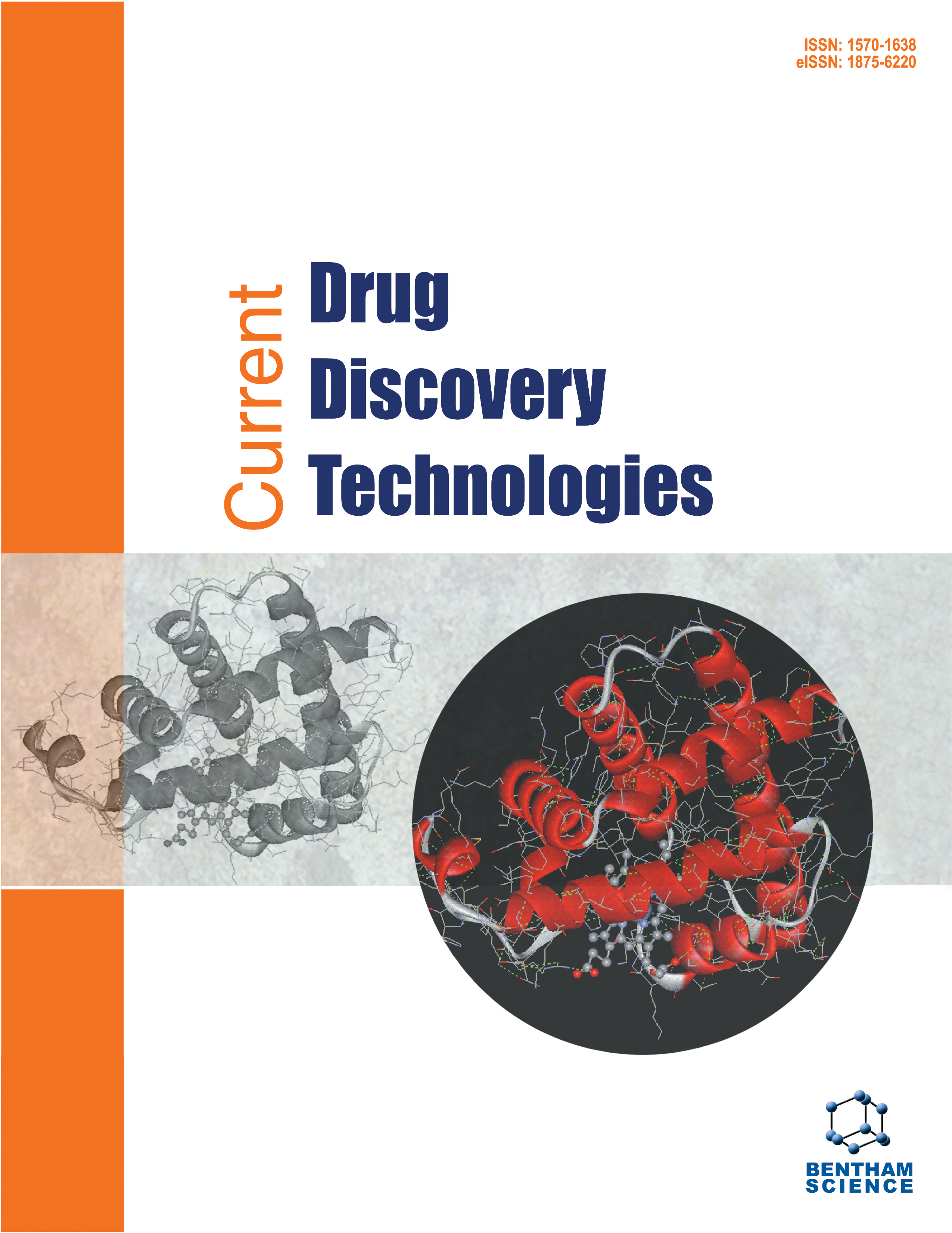
Full text loading...
We use cookies to track usage and preferences.I Understand

This study investigated the antimicrobial properties of the thanatin peptide against oral bacteria associated with dental caries and endodontic failures. Additionally, the cytotoxic effects of this peptide on human gingival fibroblast cells (HGFCs) were assessed.
The antimicrobial property of thanatin was tested on Streptococcus mutans, Streptococcus salivarius, Streptococcus oralis, and Enterococcus faecalis, using the microbroth dilution method. The 0.2% Chlorhexidine mouthwash was used as the control group. Additionally, the cytotoxicity was measured using the MTT assay. The results were presented descriptively and analyzed via one-way ANOVA and Tukey's HSD tests.
Thanatin demonstrated the strongest bacteriostatic effect (MIC) against S. salivarius, measuring 4.68 μg/ml, which is approximately double that of S. mutans and S. oralis, with concentrations of 9.37 and 8.75 μg/ml, respectively. The highest bactericidal activity (MBC) of thanatin was noted in S. salivarius and S. oralis at 9.37 μg/ml. The antibacterial effects of thanatin against evaluated bacteria were several times lower than those of Chlorhexidine. The cytotoxicity assessment indicated that over 70% and 60% of the HGFCs remained viable after 24 and 48 hours, respectively.
Although thanatin exhibited significantly higher biocompatibility, its antimicrobial effectiveness against the tested oral bacteria was inferior to that of 0.2% Chlorhexidine.

Article metrics loading...

Full text loading...
References


Data & Media loading...